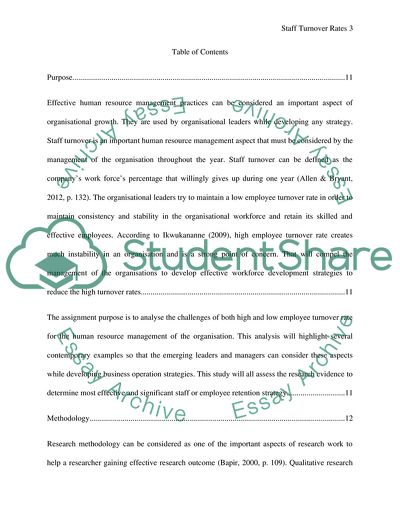Cite this document
(Redemptions of HR critical paper Essay Example | Topics and Well Written Essays - 2000 words, n.d.)
Redemptions of HR critical paper Essay Example | Topics and Well Written Essays - 2000 words. https://studentshare.org/human-resources/1875166-redemptions-of-hr-critical-paper
Redemptions of HR critical paper Essay Example | Topics and Well Written Essays - 2000 words. https://studentshare.org/human-resources/1875166-redemptions-of-hr-critical-paper
(Redemptions of HR Critical Paper Essay Example | Topics and Well Written Essays - 2000 Words)
Redemptions of HR Critical Paper Essay Example | Topics and Well Written Essays - 2000 Words. https://studentshare.org/human-resources/1875166-redemptions-of-hr-critical-paper.
Redemptions of HR Critical Paper Essay Example | Topics and Well Written Essays - 2000 Words. https://studentshare.org/human-resources/1875166-redemptions-of-hr-critical-paper.
“Redemptions of HR Critical Paper Essay Example | Topics and Well Written Essays - 2000 Words”. https://studentshare.org/human-resources/1875166-redemptions-of-hr-critical-paper.


